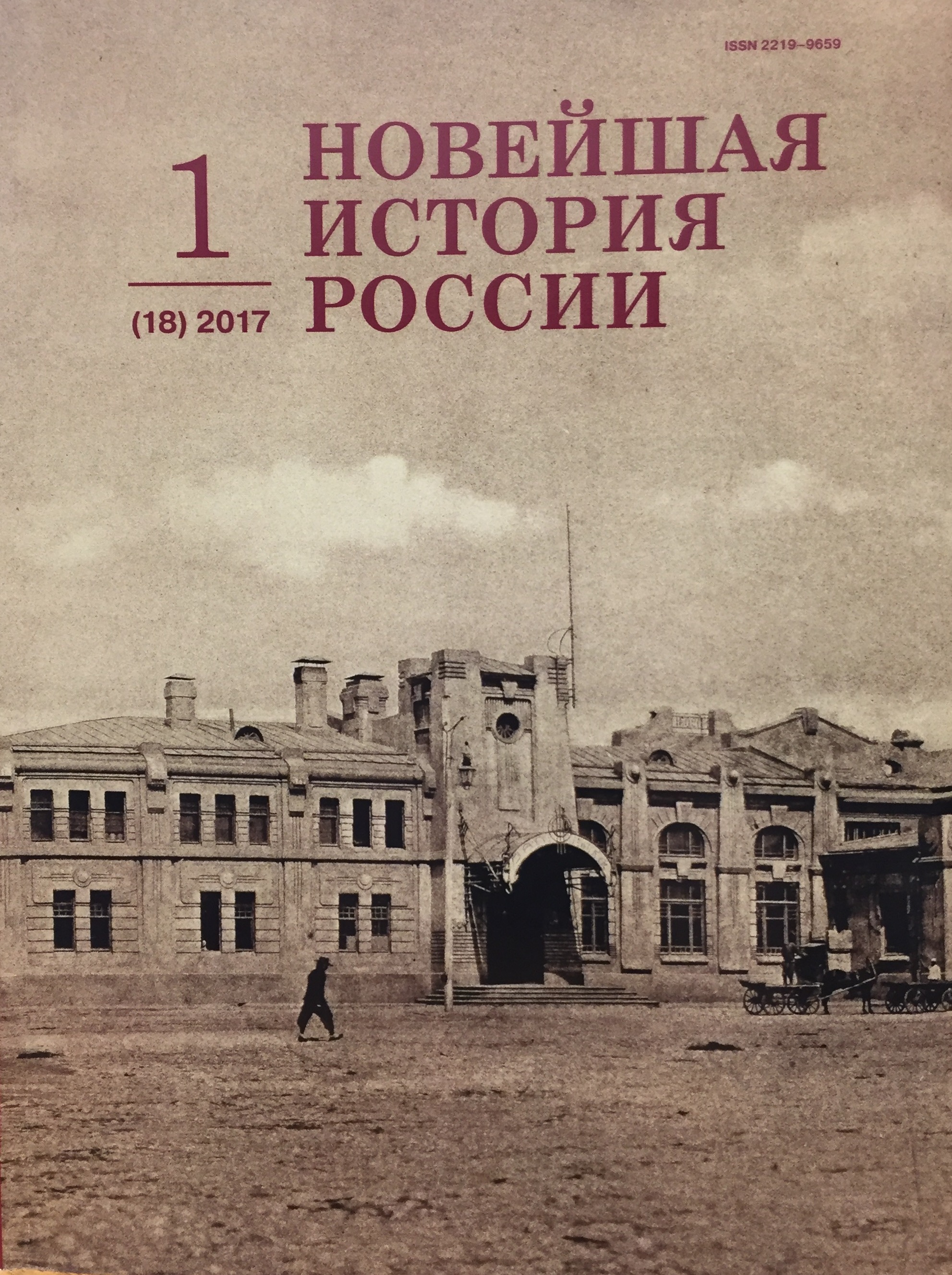Переход к рыночной экономике в СССР в годы перестройки: борьба за создание концепции. 1989–1991 гг.
The Transition to the Market Economy in USSR during Perestroika: the Creation of the Concept, 1989–1991
Author(s): M. F. Polynov , E. A. Tarasova Subject(s): History, Economic history, Political history, Recent History (1900 till today)
Published by: Издательство Исторического факультета СПбГУ
Keywords: USSR; RSFSR; Ryzhkov — Abalkin Program; 500 Days Program; market economy; perestroika
Summary/Abstract: The article reveals a complex and dramatic process of creating the concept of transition to a market economy in the USSR. Its formation took place in conditions of acute political struggle between the Union and the Russian authorities. Attempt to create a common Union program of transition to a market economy in July-September 1990 did not succeed: the Federal government continued to develop the Ryzhkov — Abalkin Program as a program for the whole country, and the Russian government adopted the 500 Days Program for Russia. Gorbachev managed to achieve on the 19th of October 1990 the adoption in the USSR Supreme Soviet the “compromise” economic reforms, that formally became the program for the whole Union. However the RSFSR Supreme Council took the decision to implement on the 1st of November the “500 Days Program” on the territory of the Russian Federation. Despite the adoption of these programs, they were not implemented in practice. The struggle of the Union and Russian authorities did not allow to develop a unified program of transition to a market economy, which contributed to the aggravation of not only the economic and social crisis, but also to the disintegration of the USSR.
Journal: Новейшая история России
- Issue Year: 7/2017
- Issue No: 18
- Page Range: 113-127
- Page Count: 15
- Language: Russian

